Workboats are vessels designed to perform various industrial tasks such as towing, dredging, laying pipelines and cables, surveying the seafloor, and supporting offshore oil rigs. They come in all shapes and sizes, ranging from small tugboats designed for shallow waters to large ocean-going vessels capable of carrying cargo or even providing accommodation for the crew. Workboats can either be self-propelled or towed by another vessel.
They are typically constructed from sturdy materials such as steel or aluminum that can withstand the pressures of the harsh marine environment they operate in. Common propulsion methods include diesel engines, electric motors, water jets, and even steam turbines, in some cases. Depending on the type of workboat, deck equipment such as cranes and winches may also be installed for tasks like loading and unloading cargo.
Thanks to advances in technology over time, workboats have become more efficient and effective in carrying out their designated tasks within the maritime industry. Today’s modern workboats feature state-of-the-art engines capable of high speed, greater fuel efficiency, and upgraded navigational systems that reduce the risk of collisions while sailing in busy waters. In addition, they provide improved stability due to better hull design which helps balance weight distribution more effectively during rough seas.
Types Of Work Boats
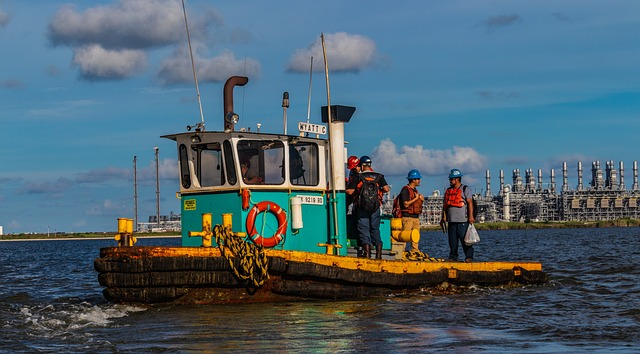
There are various types of workboats depending on their size, purpose, and intended use. Examples include tugboats, dredges, ferries, barges, and supply boats.
Tugboats
Tugboats are typically used to tow larger vessels or push them away from docks once they’re no longer needed at the port. As tugboats are designed for maneuverability and maneuvering in tight spaces with other large ships, many modern tugboats feature two engines that can be controlled independently to achieve greater steering accuracy.
Dredges

Dredges are used to clear sediment from the bottom of bodies of water so that larger ships have a safe passage through channels and deepening rivers or create new ports when necessary.
The hulls of dredges come in many different sizes ranging from small craft to much larger vessels, and they employ multiple methods of dredging, such as backhoe dredgers, hopper dredgers, cutter suction dredgers, and more.
Ferries
Ferries provide transportation services for passengers and freight between bays or islands and other maritime support services such as icebreaking, search and rescue operations, and pollution control initiatives.
Ferries come in all shapes and sizes, but generally, the most common type is the traditional double-ended vessel equipped with a bow thruster for better maneuverability at slower speeds.
Barges
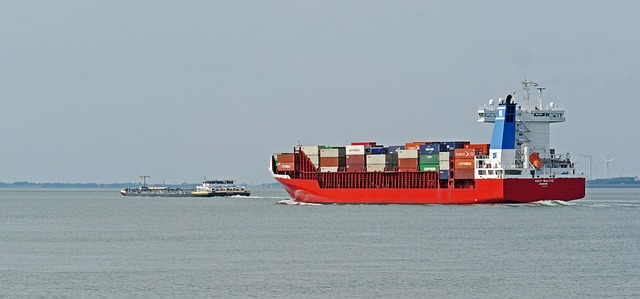
Barges are flat-bottom vessels that can transport cargo either over land or across the water with the help of a towboat. As barges are designed for carrying heavy loads, they tend to have much heavier construction than other types of boats due to the increased stresses placed upon them while carrying their loads.
Supply Boats
Supply boats provide essential supplies like food and fuel to offshore oil platforms and assist with rescue operations and oil spill response during emergencies by providing personnel transfer services between ships. Supply boats tend to be smaller vessels than their counterparts due to their relatively short-range capabilities compared to other workboats.
Fishing Trawlers
Fish trawlers are fishing boats that employ nets to capture fish and other marine life from the ocean. Traditionally, these vessels have been powered by diesel engines, but many now feature electric propulsion motors for greater efficiency and environmental friendliness.
Uses Of Workboats
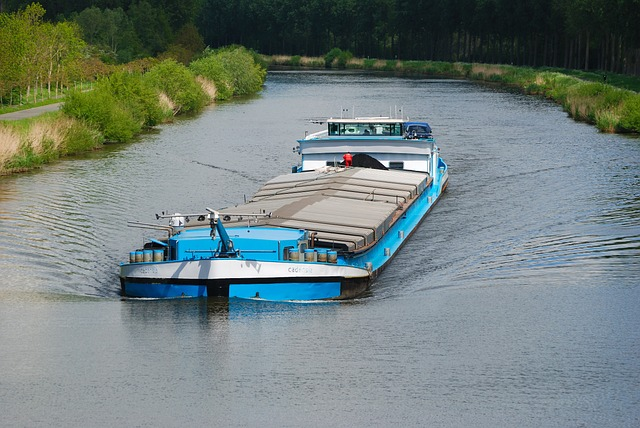
Workboats are invaluable to the maritime industry as they offer various services, from tugging larger vessels to providing essential fuel and supplies. From fishing trawlers to ferries, here’s how workboats help keep commercial operations running efficiently throughout the world:
Fish Trawling
Fishing trawlers are used primarily for catching fish in shallow and deeper waters, depending on the targeted species. These vessels’ design allows them to remain at sea for extended periods, with some having capacities for up to two months between trips.
Offshore Oil & Gas Platform Supply
Supply boats provide critical resources to offshore oil and gas platforms by ferrying personnel, food, fuel, and other supplies from the port to the platform. These vessels may also be used for maintenance and support during emergencies such as oil spills or search and rescue operations.
Cargo & Passenger Transport
Ferries are commonly used in areas that require the transportation of cargo or passengers between islands or bays, as they provide a safe and reliable method of transport while also helping reduce traffic on local roads. In addition to regular ferry services, these vessels can also be employed for special events such as sightseeing tours.
Dredging & Salvage Operations
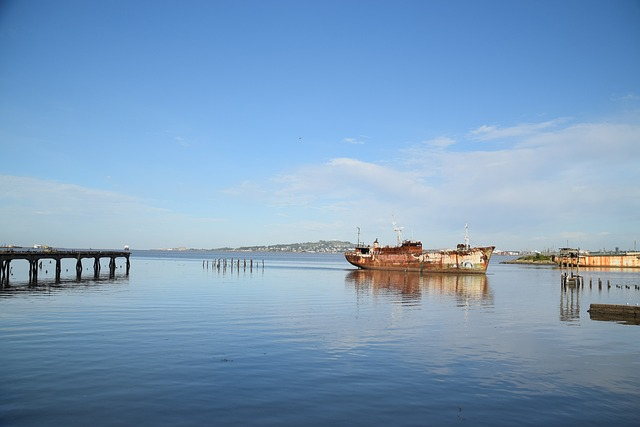
Dredges are specially designed vessels with the necessary machinery to carry out dredging activities like deepening channels or creating new ports when needed. They may even be employed in salvage operations, such as the recovery of sunken ships and debris.
Search & Rescue Missions
Coastguards often use workboats to provide a reliable method of transportation during search and rescue missions. These vessels can quickly reach locations that may be difficult to access by land, providing much-needed aid in an emergency.
Environmental Awareness Programs
Fishing trawlers are sometimes employed for environmental purposes, such as testing water samples for contaminants or tracking marine life movements to understand their behavior patterns better. This work helps inform policymakers on improving conservation efforts and preserving ecosystems worldwide.
Icebreaking Services

In areas where ice poses a risk to navigation, specialized boats known as icebreakers open channels and allow ships to pass through safely. Icebreakers are designed with reinforced hulls to prevent damage from floating ice as they break up frozen water.
Overall, workboats play a vital role in many industries worldwide by providing various services, from cargo transport to search and rescue missions. As the demand for these vessels continues to increase, we will likely see more advanced designs and technologies implemented to keep up with industry needs.
How To Transport Workboats
Transporting workboats is relatively straightforward compared to larger vessels due to their compact size. Depending on proximity to a port or marine facility, they can be transported by ocean freight service or over land by a specialized hauling company specializing in temporary storage and delivery services for heavy machinery.
Typically this involves placing the boat on a flatbed truck with special lifting equipment designed for handling large objects before it is driven to its destination, where it will be lowered back into the water with lifting straps.
Here are a few key points to keep in mind when moving a vessel from one location to another;
Select A Transporter
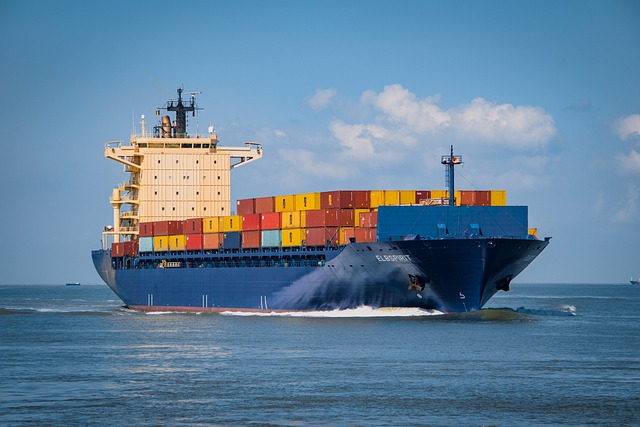
When choosing a transporter or hauler, look for one with experience transporting workboats. Research the company’s reputation and customer reviews when possible, as this can provide valuable insight into their service quality and reliability. Additionally, ensure the transporter is licensed and insured to protect your boat in case anything happens during transit. You should shop around for multiple quotes from various providers to ensure you receive quality service at an affordable rate. Be prepared to pay more to transport a bigger boat, such as a landing craft.
Prepare For Transport
Take time to prepare for transport by preparing your boat beforehand. This includes ensuring the hull is clean and free from any debris, draining all fuel tanks, removing loose items or valuable objects such as electronics, and checking all safety equipment is in good working order.
If a trailer is being used, check the wheel bearings are properly lubricated and that the tires have the correct air pressure. It is also important to check the engine and other mechanical components for any signs of wear or damage that may need attention before transportation. Finally, don’t forget to double-check that all equipment and supplies are securely stowed away prior to transport.
Secure The Boat
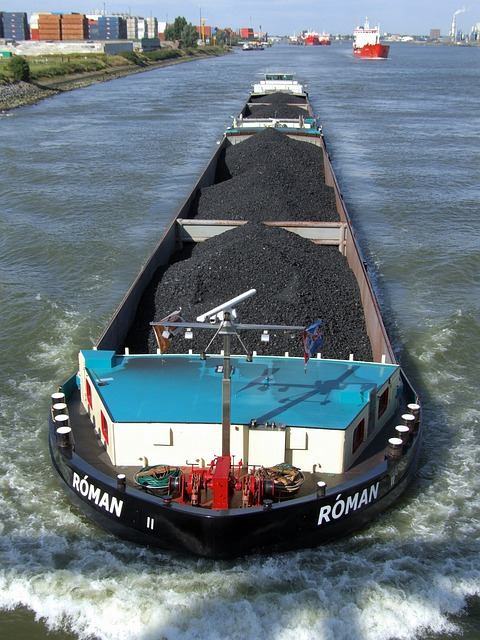
You can secure your boat by using tie-down straps for larger vessels, ensuring the straps are secured with heavy-duty buckle and D-ring systems. Additionally, remember that Landing Crafts often require special bench seating that must be securely attached before transport.
For smaller boats, vehicle tie-down straps may be used if they are rated to hold at least 1,500 pounds of weight. Inspect all straps and hardware before use and double-check that they are in good condition with no signs of wear or damage. Furthermore, ensure all tie-downs are evenly spaced around the vessel so it is balanced before moving.
The crew will then prepare all the necessary paperwork for transport. This includes, but is not limited to, paperwork from customs and port authorities and any mandatory permits required by state laws. Once these steps are completed, it’s time to hand over your boat to the transporter.
When transporting small workboats in the United States, Interstate Haulers is one of the best options. Interstate haulers have been providing quality and reliable transport services for boats, workboats, RVs, and industrial trailers for decades. Our transporters are highly skilled and will ensure that your vessel is transported safely, securely, and on time. Contact us today for hassle-free boat transport.




